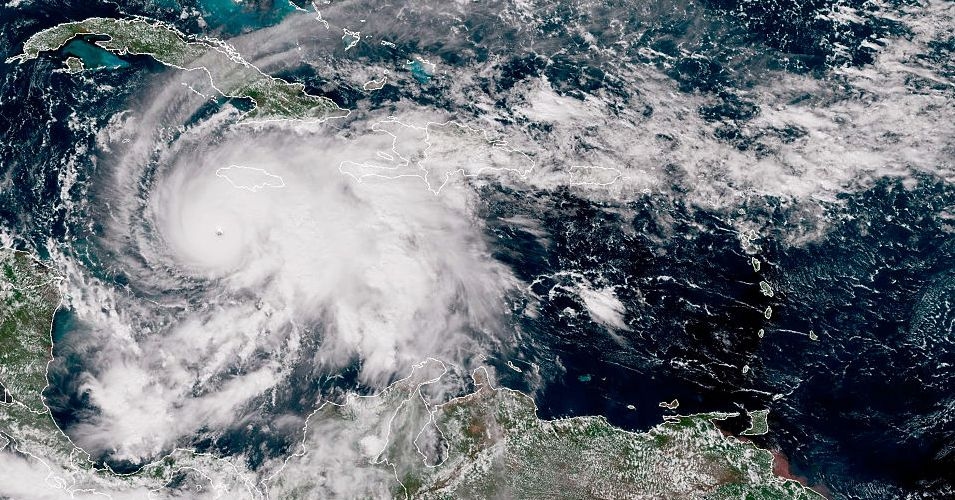Colossal cosmic contact: Galaxies connected by gigantic gas bridge

The two dwarf galaxies NGC 4532 and DDO 137 lie 53 million light-years from Earth at the edge of the massive Virgo cluster of galaxies. What makes them special is that they are connected by a 185,000 light-year-long bridge of hydrogen gas and trail a 1.6 million light-year-long gas tail behind them. This was shown by observations by an international research team using the Askap radio telescope in Australia. For comparison, the diameter of the Milky Way is about 100,000 light-years.
One light-year is the distance light travels in a vacuum in one year and is approximately 9.46 trillion kilometers. The tail is therefore approximately 1.5 trillion kilometers long. It is the longest gas tail ever discovered in the cosmos, the scientists explain in the journal Monthly Notices of the Royal Astronomical Society .
Encounters, collisions, and mergers play an important role in the formation and evolution of galaxies. Lister Staveley-Smith of the University of Western Australia in Perth and his team are tracking these processes. To do this, the astronomers are using Askap to scan the southern sky for gas clouds around distant galaxies. Such gas clouds are considered signs of interactions between stellar systems.
Escaping gas leads to the formation of the bridgeDuring their observations, the team also targeted the galaxy pair NGC 4532 and DDO 137, which was already known to possess a hydrogen tail. The new measurements by Staveley-Smith and his colleagues not only reveal an additional bridge of gas between the two galaxies, but also that the tail is considerably longer than previously thought—setting a new record.
But what causes the bridge and the tail? The two galaxies, as the researchers explain, form a pair bound by gravity: They orbit each other, slowly moving toward each other, and eventually merge. This mutual attraction leads to tidal forces—similar to the Moon and Earth—that tear gas away from both galaxies. The gas flowing out of the galaxies leads to the formation of the bridge.
Up to two billion years until the mergerA different process is responsible for the formation of the tail. The galaxies are falling into the Virgo Cluster at a speed of 880 kilometers per second—equivalent to about 3.2 million kilometers per hour. The cluster is surrounded by a shell of hot gas, which, although thin, still creates a high ram pressure at such high speeds: The hydrogen gas in the dwarf galaxies collides with the gas of the Virgo Cluster, heats up, and forms the observed tail.
"Our models show that the tidal forces between the galaxies and the proximity of the massive Virgo Cluster of galaxies are crucial for the movement of the gas we observed," Staveley-Smith summarized. The tidal force exerted by the Virgo Cluster—which comprises over 2,000 galaxies—doesn't play a decisive role in the formation of the bridge and tail, the researcher said. However, another factor does play a role: The tidal force counteracts the gravitational pull between the dwarf galaxies. It will therefore likely take another 500 million to two billion years for NGC 4532 and DDO 137 to actually merge. (dpa/fwt)
Berliner-zeitung





